How to Calm Scared Dogs During Fireworks Shows
It’s pretty common for pets to show stress-related behaviours during celebratory events associated with fireworks. Studies even indicate that at least 40% of pups suffer from noise aversion which when not managed, can affect their quality of life. It’s, therefore, important for pet owners to learn how to calm scared dogs during fireworks shows.
Calming scared dogs during fireworks shows requires planning beforehand. It may involve seeking veterinary treatment, purchasing dog-appeasing pheromones, creating a safe den, or buying a white noise machine. Providing lots of comfort and attention will also help to calm them during these displays.
In this article, I’ll provide expert-approved methods for calming scared dogs during fireworks shows. I’ll also show you how to prepare your dog in advance to prevent them from freaking out and escaping during the festivities. Keep reading!
How to Calm Your Scared Dog During Fireworks Shows in 4 Ways

Seeing your furry friend distressed during fireworks events can be pretty upsetting.
But you’re not alone.
The U.K. Kennel Club research shows that 80% of dog parents observe behavioural changes in their dogs during the fireworks season, with about fifty percent reporting that the behaviours indicate fear and anxiety.
You might then wonder why such a large percentage of dogs are scared of fireworks when, in fact, they are a fantastic spectacle.
It is the unexpected loud bangs, flashing lights, and nasty smell of used explosives that terrify them.
Canines have an incredibly heightened sense of hearing and smell. They’re four times more sensitive to sound than humans. This means sounds are louder to them than us, and what’s comfortable to us might be unbearable for them.
Unfamiliar and unexpected loud explosions of fireworks are thus genuinely frightening to some dogs. They might view them as a threat, and as such, the fear can manifest in:
- Excessive vocalisation
- Hiding in secluded areas like under the couch
- Restlessness
- Jumping up unnecessarily
- Extra clinginess
- Loss of appetite
- Excessive pacing, panting, and drooling
- Shaking and trembling
- Urinating or defecating in the house
- Escaping attempts
- Refusal to get out of the house, etc.
The good news is there are ways you can help your pup relax and feel comfortable and safe during such times. Let’s have a look at four of them.
1. Provide Your Dog with a Safe Haven
 It’s essential to create a quiet, secluded, comfortable, and safe space where your pup can retreat during fireworks displays. You should do this before the fireworks season so your dog can adapt to the calming environment.
It’s essential to create a quiet, secluded, comfortable, and safe space where your pup can retreat during fireworks displays. You should do this before the fireworks season so your dog can adapt to the calming environment.
Think of the quietest spot in your house away from the windows. It can be in the basement or inside a spacious closet. Consider using a crate if your pet feels comfortable in it.
Teach your pup to associate the space with positive experiences, e.g., by providing them with their favourite interactive toys or treats each time they’re there.
Your furry friend will gradually learn that the space is safe and enjoyable and will likely hide there when the fireworks go off. Remember to make the area accessible to your dog all the time, even when you’re not around.
2. Play White Noise or Soothing Music
Most dog experts suggest the use of white noise in calming an anxious dog. But what exactly is white noise, and how can it help your furry companion? Well, the science behind white noise may sound complex, but how it works is pretty simple.
White noise is formed from a combination of sound waves at different frequencies. It is that soothing sound of steady rain or running water you love to sleep to or the static noise from your TV. Other examples of white noise you can try are:
- Vacuum cleaner
- Whirring fan
- Air conditioner hum
- Shushing
- Blowdryer, etc.
White noise helps drown unwanted external sounds and promotes relaxation in humans and animals.
There are white noise machines in the market specially designed to address dogs’ unique auditory sensitivities. Some even come with engineered musical tracks that offer a soothing environment for your pup.
Alternatively, you can play white noise or soothing music for dogs on music platforms like Spotify, Apple Music, and YouTube.
3. Use Pheromone Therapy
Pheromone therapy has gained popularity among pet parents because it’s an easy-to-use, over-the-counter remedy with no adverse side effects.
The treatment involves exposing your canine to dog-appeasing pheromones (DAP or apasine). These are synthetic chemicals that imitate the pheromones secreted by mother dogs when lactating.
When your pup smells these chemicals, they associate them with the safety and comfort of their mother, creating a sense of calm and relaxation. For this reason, experts highly recommend using pheromones to help your dog deal with transitions, anxiety, or phobias.
You can find dog-appeasing pheromones in sprays, collars, or room diffusers.
For best results, start using it on your pup a week or two before the fireworks season begins. Most owners report significant changes in their dog’s anxiety levels after using the products for a more extended period. Rarely will you get instant results.
4. Give Your Dog Prescribed Medication
If your dog suffers from severe noise anxiety, it's best to see a vet way before the celebratory events to discuss the proper treatment that could help calm them.
The vet may check for related health problems and prescribe appropriate anti-anxiety drugs. A report from a recent survey indicated that about 70% of owners confirmed that medication was effective in treating their pet’s anxiety.
Your vet might also suggest useful non-prescription CBD oil products, dog pressure vests, or calming treats to help soothe your pet.
How to Prepare Your Dog For Fireworks Shows in Advance
It is essential to prepare your dog ahead of time for the festivities to ensure their safety. Here’s how you can achieve that.
Update Your Dog’s Microchip Details
It would be nerve-racking if your pet escapes your home and goes missing during the celebrations, and you can’t be reunited. That’s why it’s crucial to register them in a microchip program so they can be traced easily when this happens.
In addition to getting your dog microchipped, always ensure that all the information on the collar tag is up-to-date.
The Orange Neoprene Padded Dog Collar is especially handy during fireworks shows. This collar comes with a reflective webbing that makes it easier to locate your dog at night.
Research Fireworks Shows Near You
It’s always a good idea to find out when and where fireworks displays will be held in your locality to prepare better. You can also check with your neighbours if they intend to carry out unofficial shows.
On the scheduled days, do the following before the shows begin.
- Walk your dog before nightfall to avoid them going outside to relieve themselves during the display. Walking also tires them out, depriving them of the energy for pacing and panting in the house.
- Feed them early because they may get too anxious to eat when the display starts.
- Give them any prescribed drugs.
- Ensure your dog’s safe den is cosy by providing a warm blanket and their favourite toys and treats. Also, plug in the diffuser or spray pheromones in the area beforehand.
- Ensure the house and garden are secure so your dog can’t escape. Shut all entrances and windows and draw the curtains to block the flashes.
Help Your Dog Get Used to Fireworks
The best way to prepare your dog for fireworks shows is by desensitisation and counter-conditioning.
Desensitise your pup to the sound of fireworks several weeks before the season by introducing it to them in a controlled setting. Fortunately, there are plenty of sound CDs and downloadable content that you can use.
Begin the process by playing the sound at low volume, which your dog can notice but not react to. Experts refer to this as “keeping the dog below the threshold.” It allows learning without the dog feeling overwhelmed and perceiving the sound as a threat.
You’ll then gradually increase the sound volume until your pup gets used to it without showing signs of distress. It’s also best to use different recordings and sound sources during the desensitisation process.
Similarly, pairing the fireworks sounds with positive reinforcements like toys and treats will condition your pup to associate the event with positive experiences. Dog experts call this “counter-conditioning.”
Kindly note that it may be best to work with an experienced animal behaviourist if your furball is severely noise-phobic. They know how best to desensitise animals without making the situation worse.
Final Notes
Now you know how to calm scared dogs during fireworks shows. Set up a safe space indoors and provide lots of toys and treats to distract them. White noise, canine pheromones, or dog anxiety vests are good options, too.
Experts also recommend plenty of cuddles, pets, and reassuring words during this time.
However, dealing with severe cases of noise phobia will require consulting the expertise of professionals. A vet will prescribe an appropriate treatment, while a dog trainer will help desensitise and counter-condition your pet so they can accommodate the sounds of fireworks.
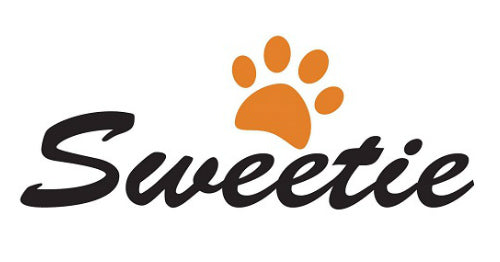
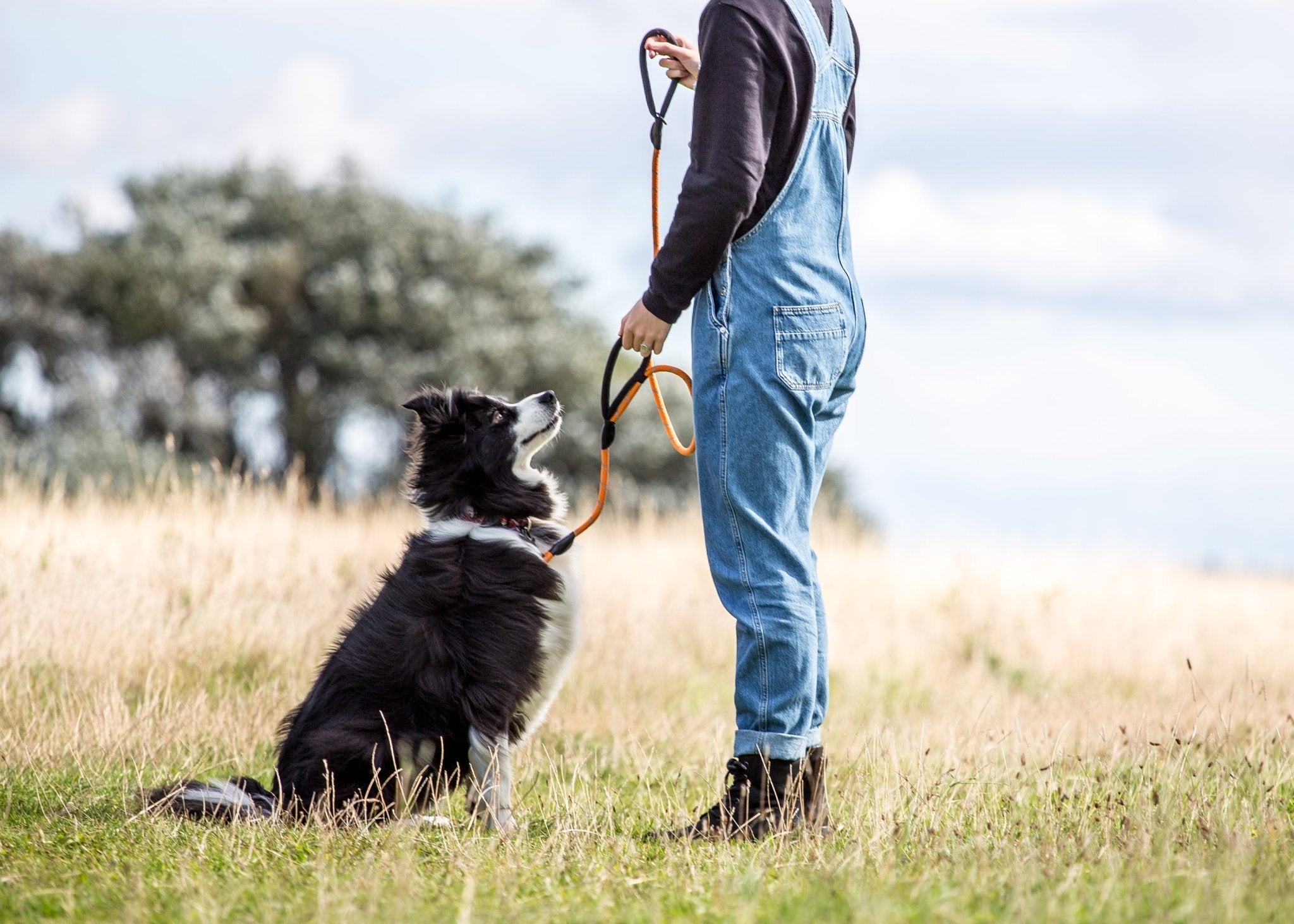
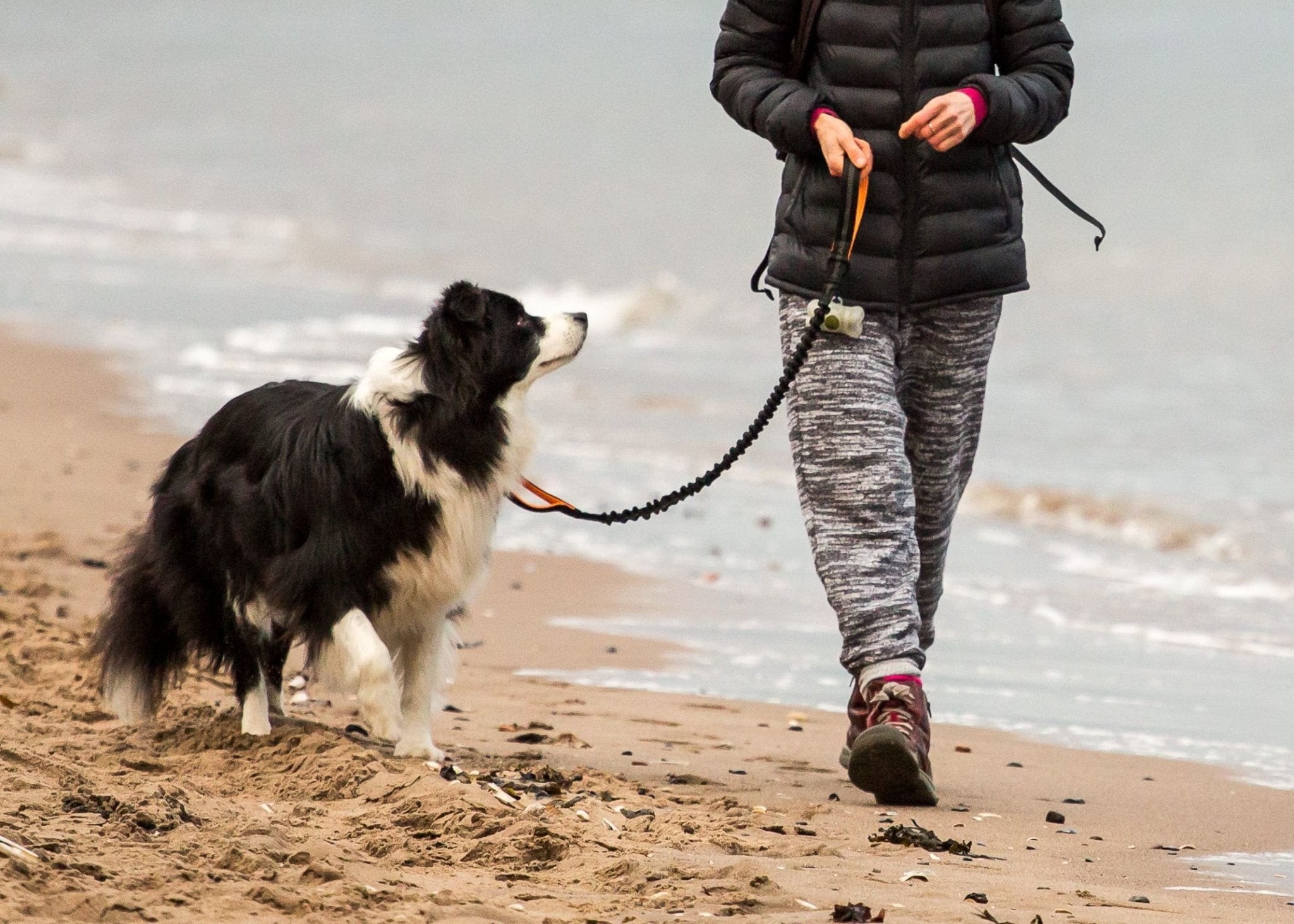
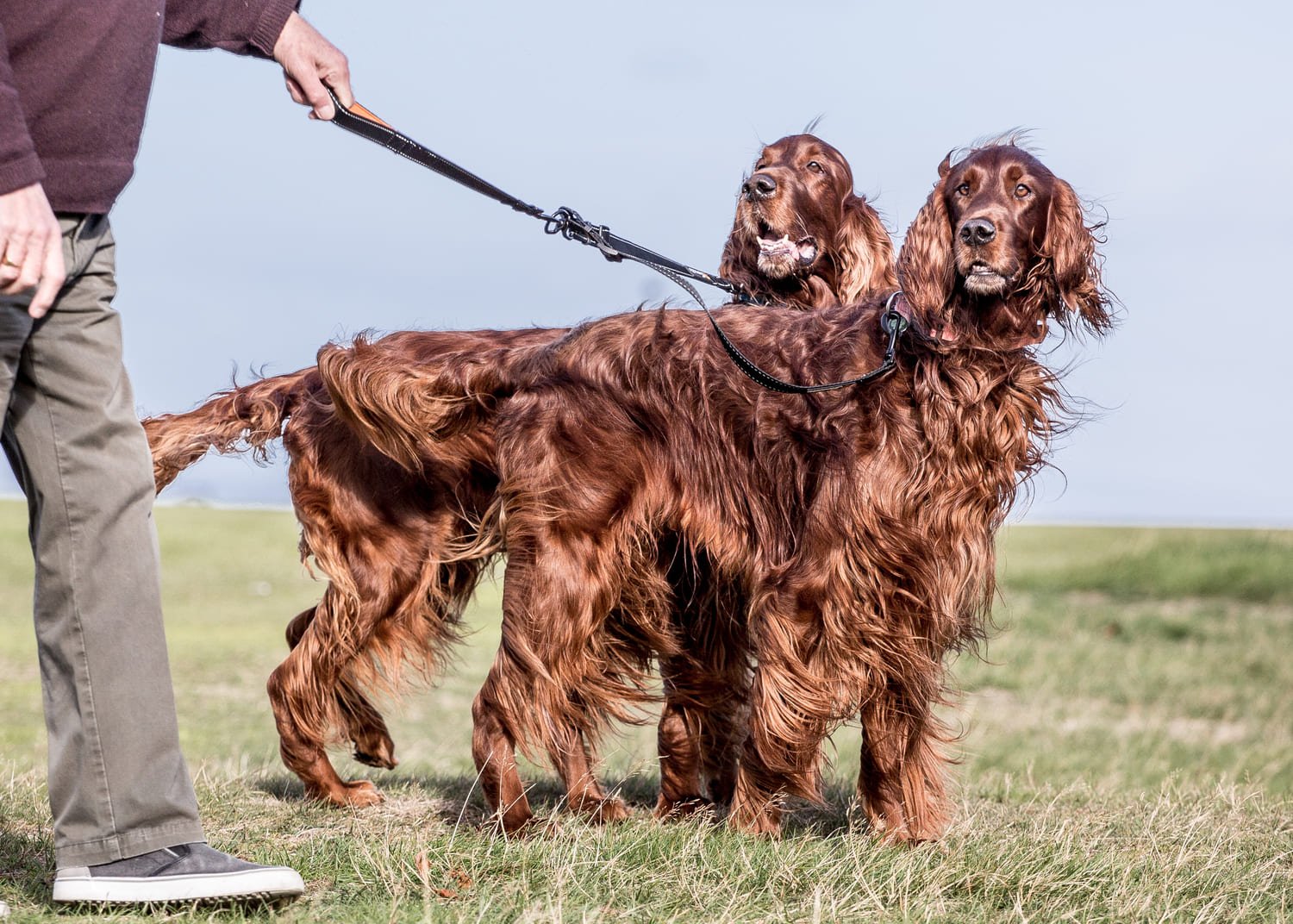
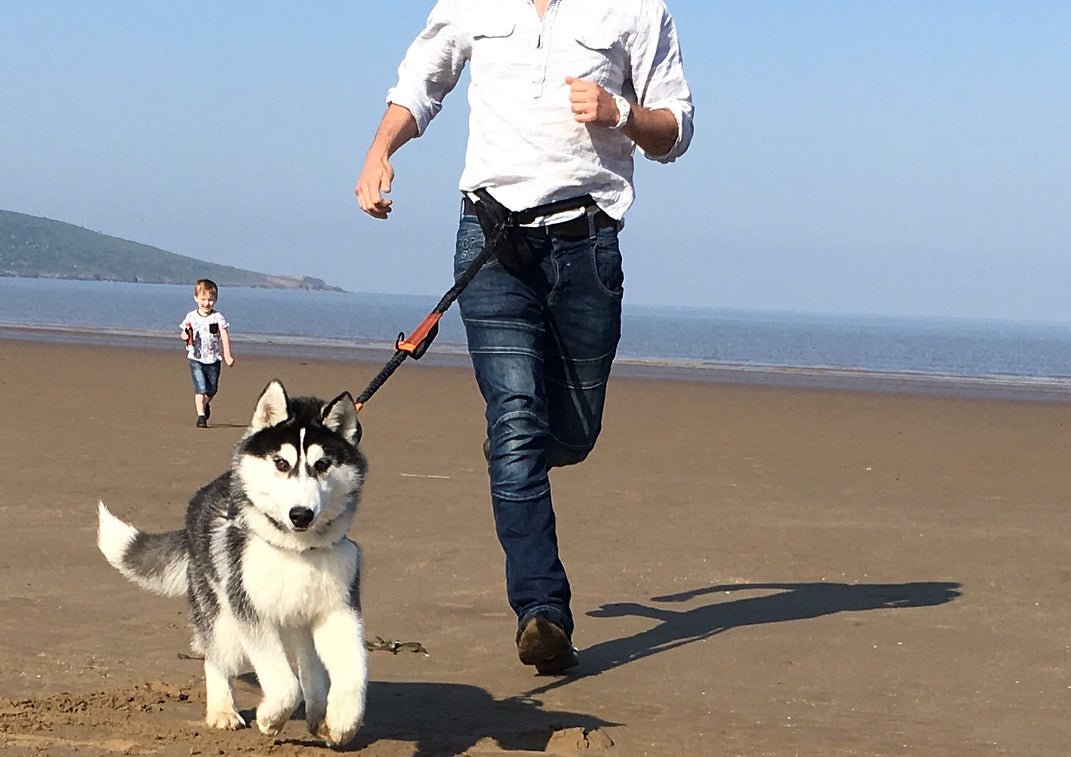
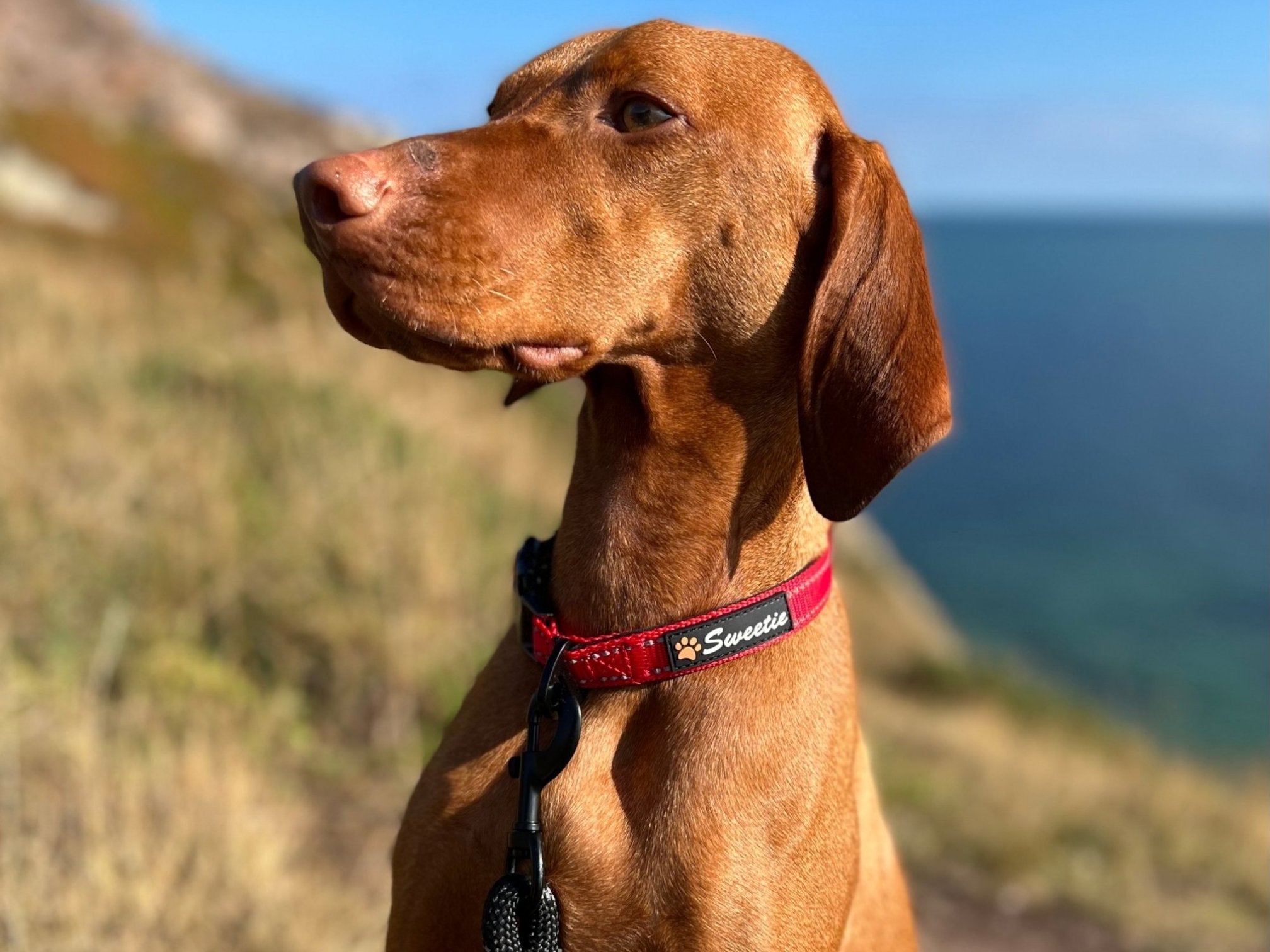
Leave a comment